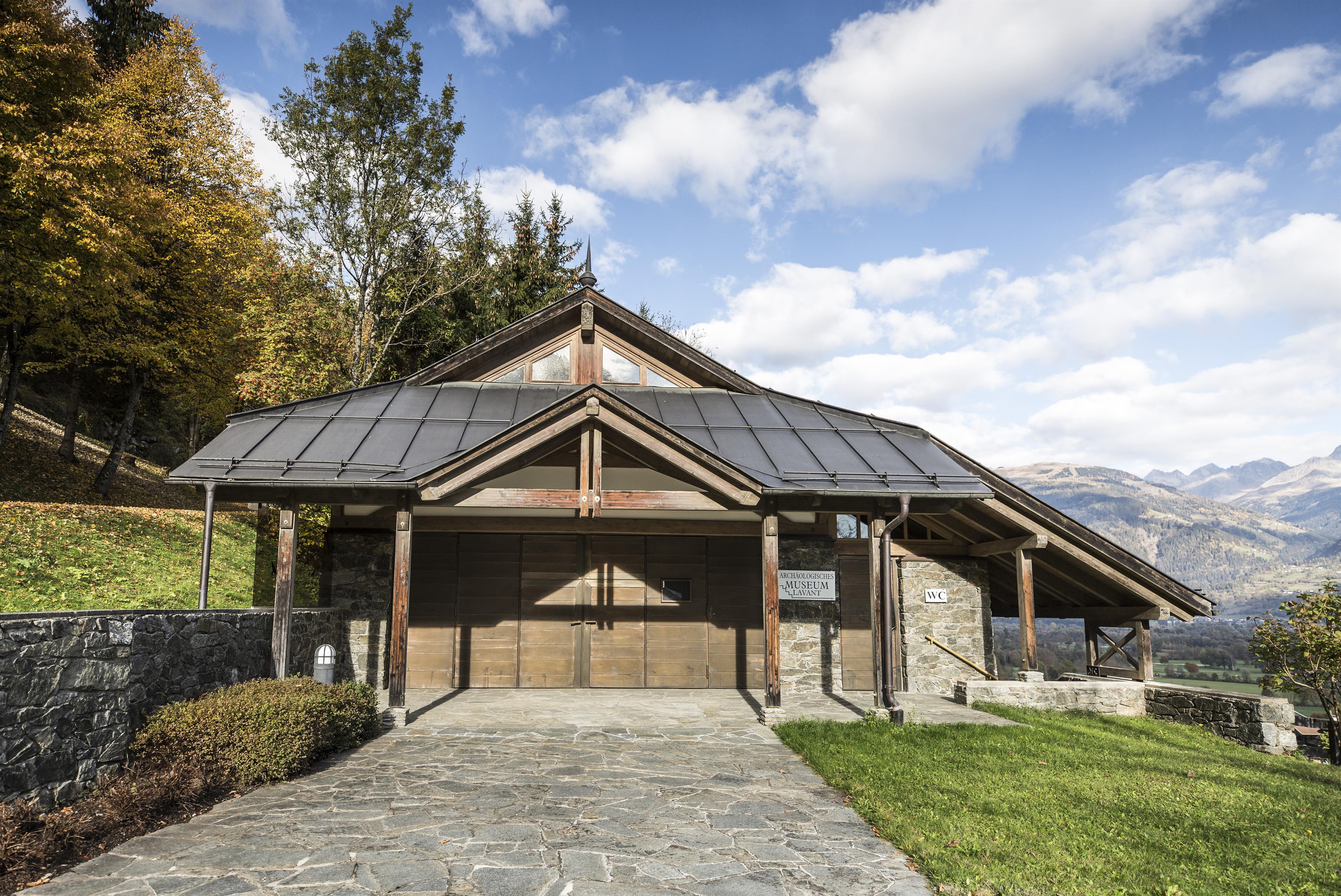Archäologisches Museum Lavant
Not far from Lienz and the Roman town of Aguntum, there was already a temple complex on Lavanter Kirchbichl (810 m) in Celtic times. Separated to the west and east by a stream and to the south by a deep gorge, the Kirchbichl has always offered protection from approaching enemies.
At the foot of the picturesque Kirchbichl lies the small Lavant Museum in the substructure of the mortuary. It displays part of the municipality's collection of antiquities and offers an overview of the finds that have come to light during archaeological excavations in recent years.
The oldest objects on display in the museum date back to the Bronze Age. These include pottery from storage vessels (around 1600 BC), an Urnfield period flap axe and North African imported pottery.
The exhibits on display in the museum provide a cross-section of the history of the Lavanter Kirchbichl. A model of it is displayed in the middle of the exhibition room. The exposed location of the cult and settlement site, which is surrounded on three sides by deep ravines, is clearly visible. It is not surprising that the original inhabitants of the Lienz valley floor sought shelter here when enemy groups advanced. The model also shows all of the uncovered ancient and medieval ruins as well as the two churches that currently exist. The collection of churches as well as the proven cult and place activity make this hill in the municipality of Lavant an important mountain in Tyrol with a high cultural-historical value.

